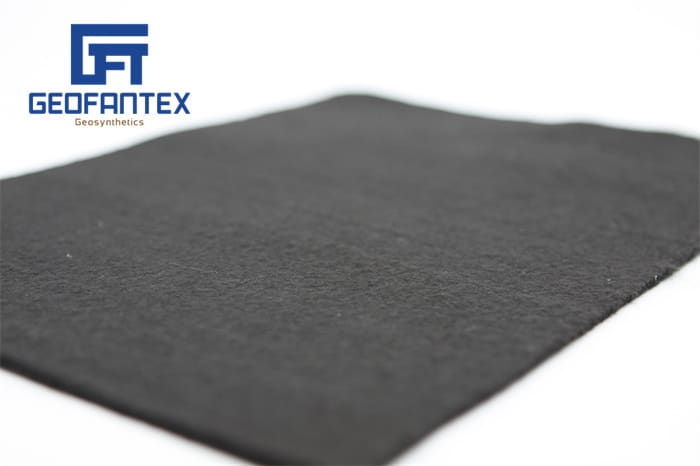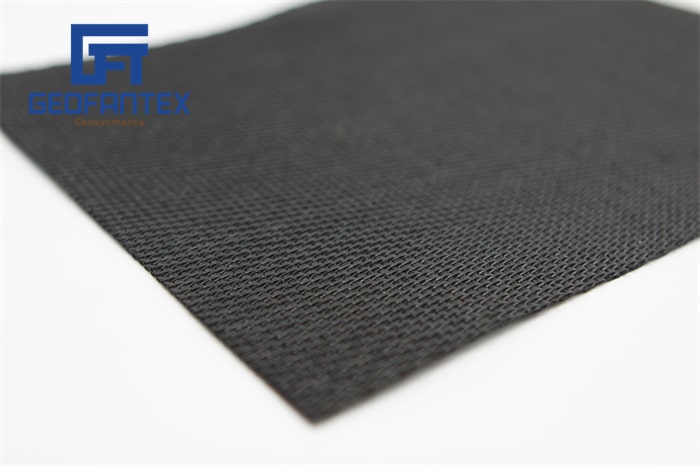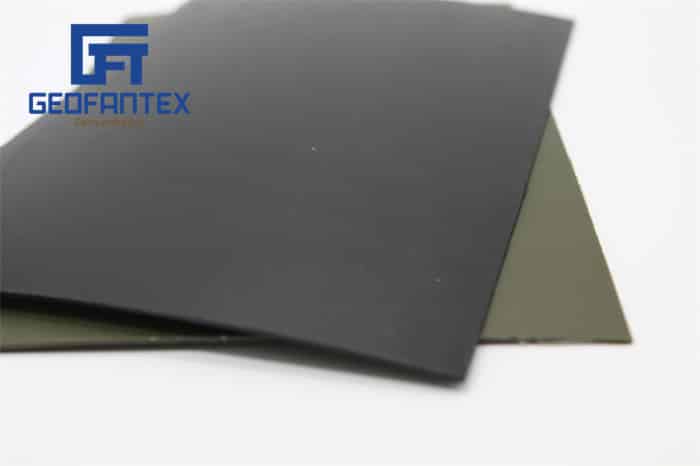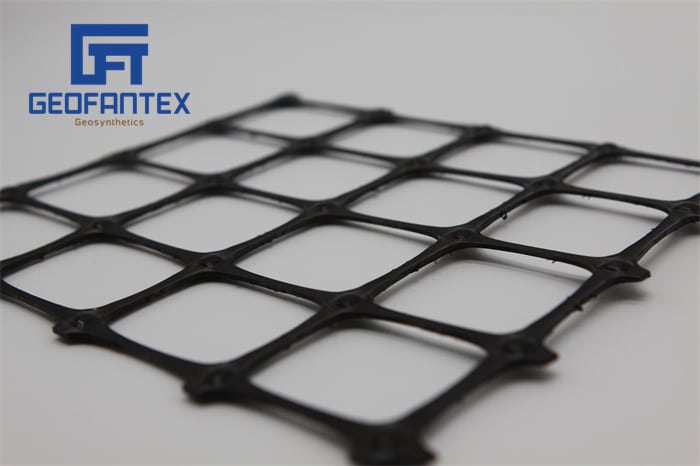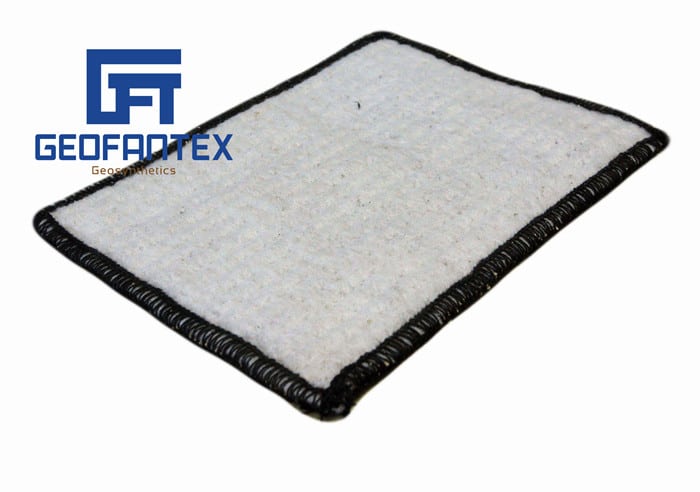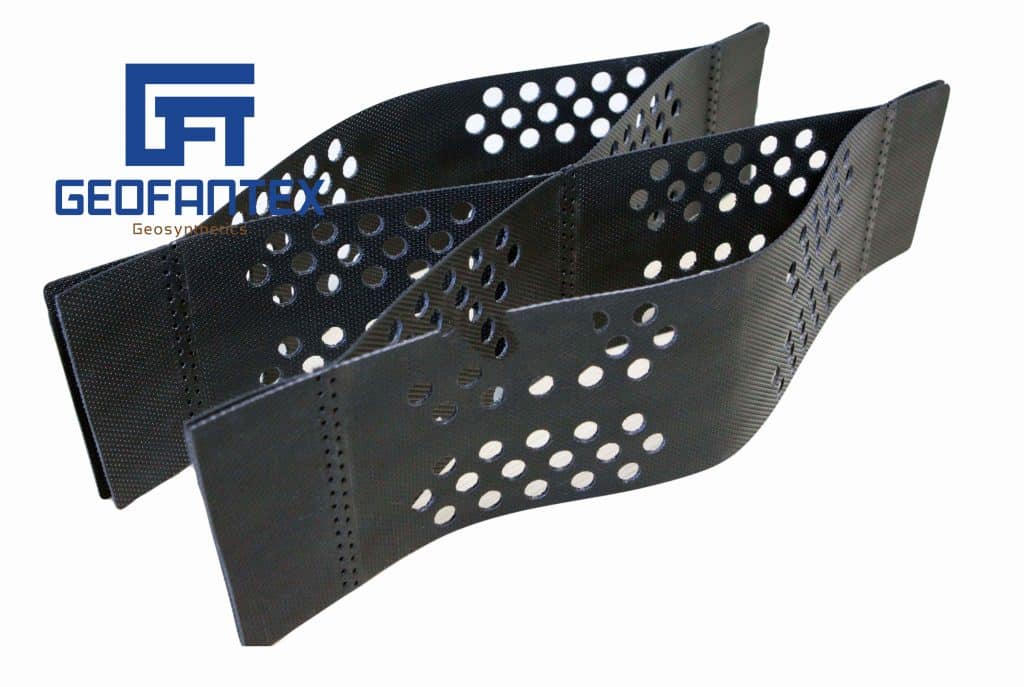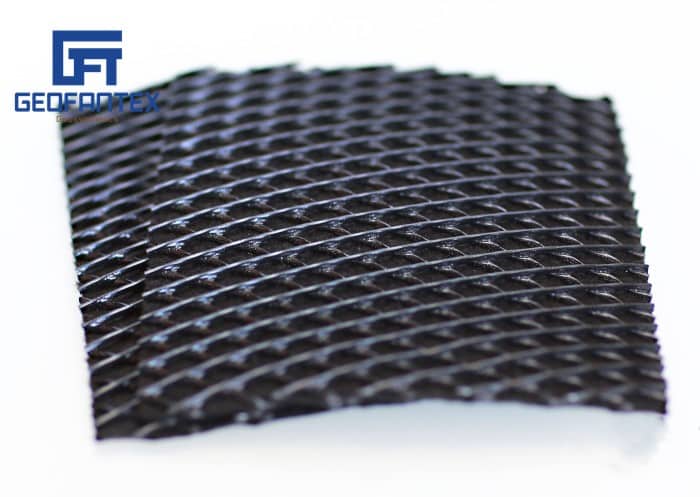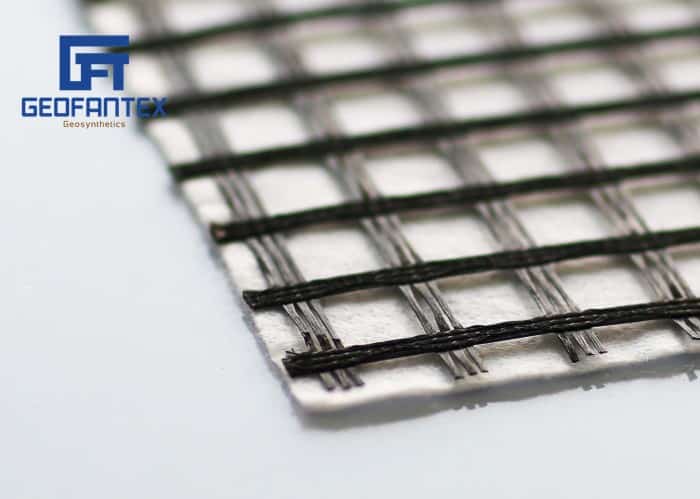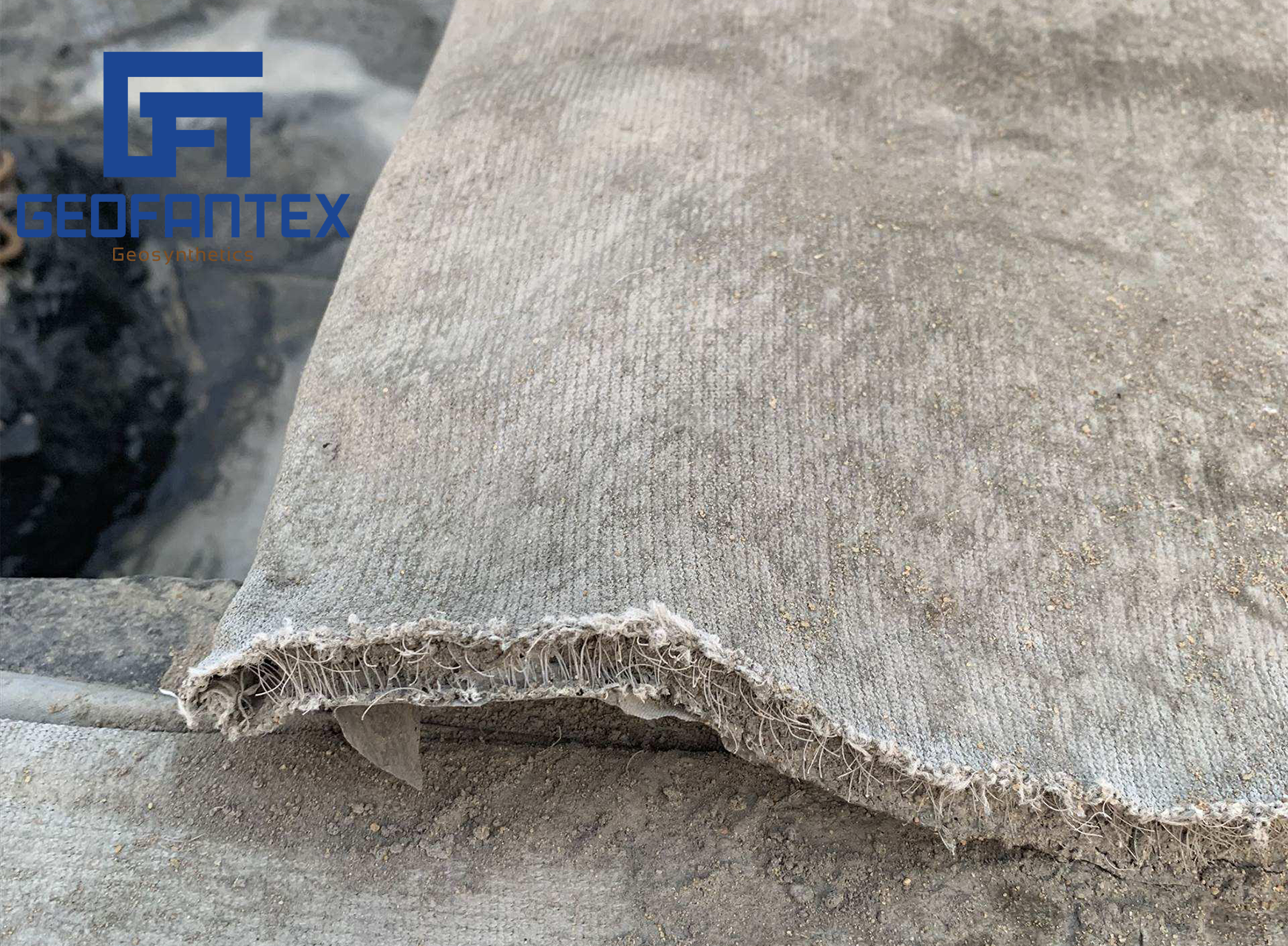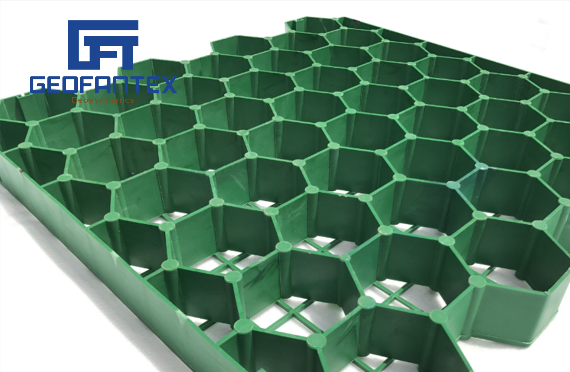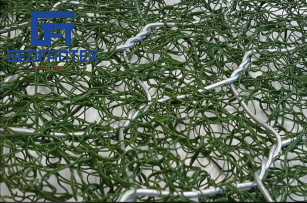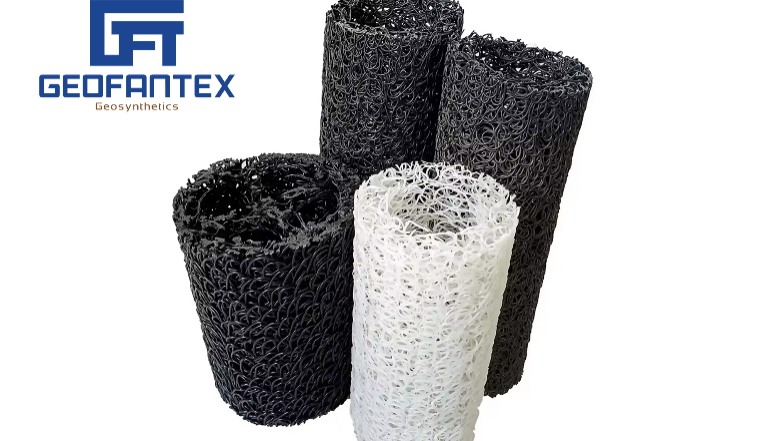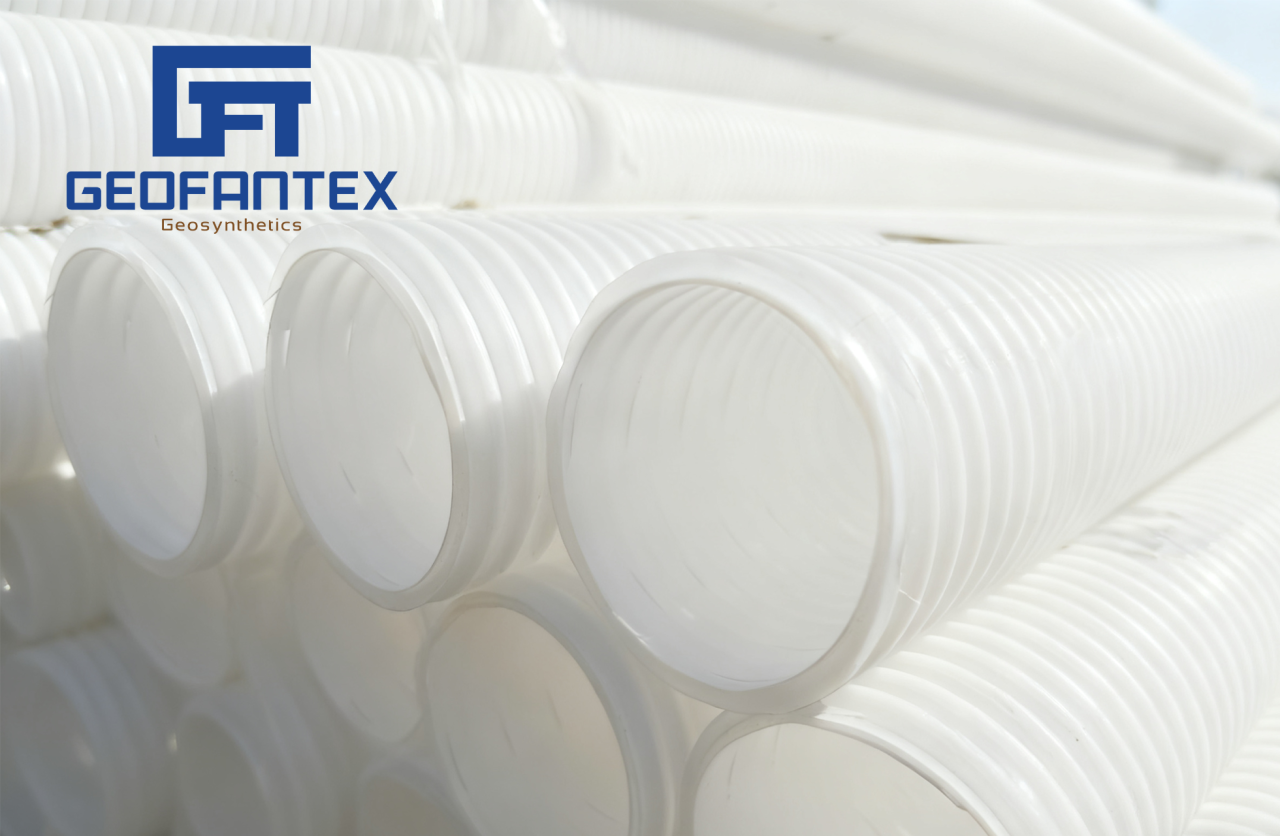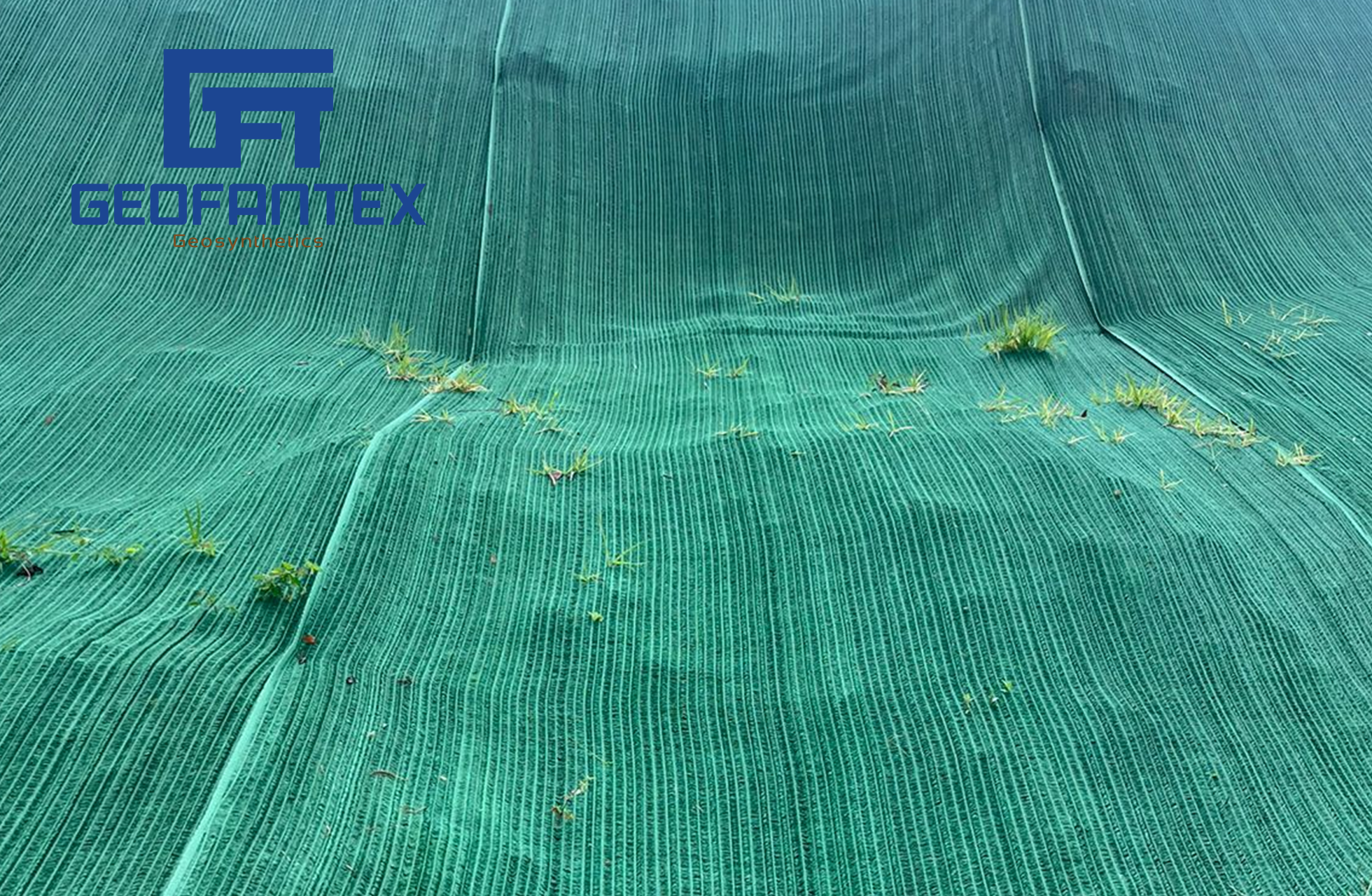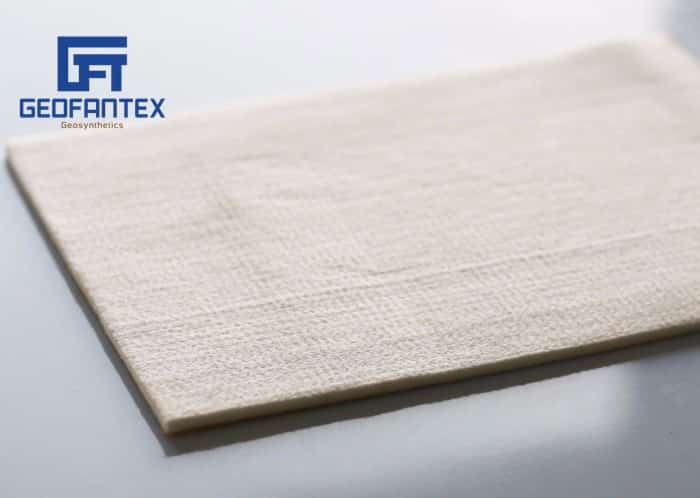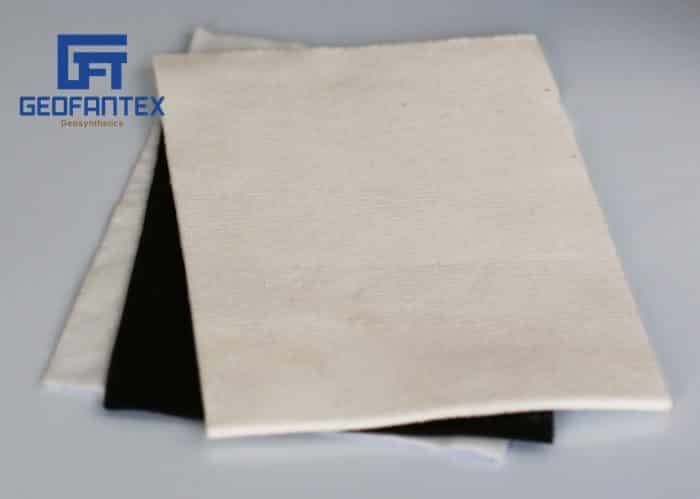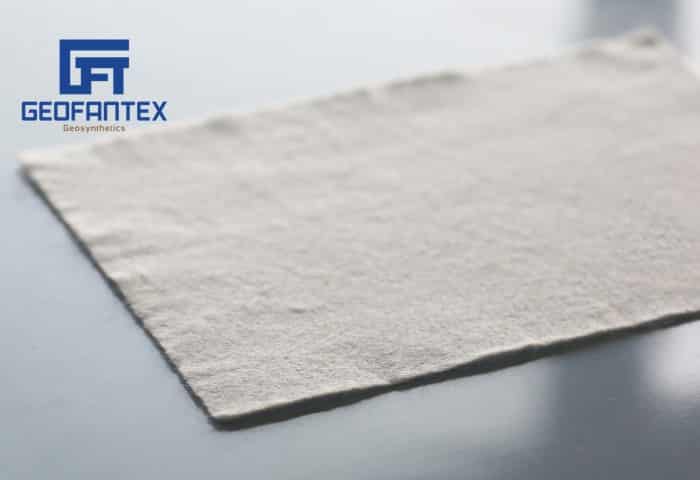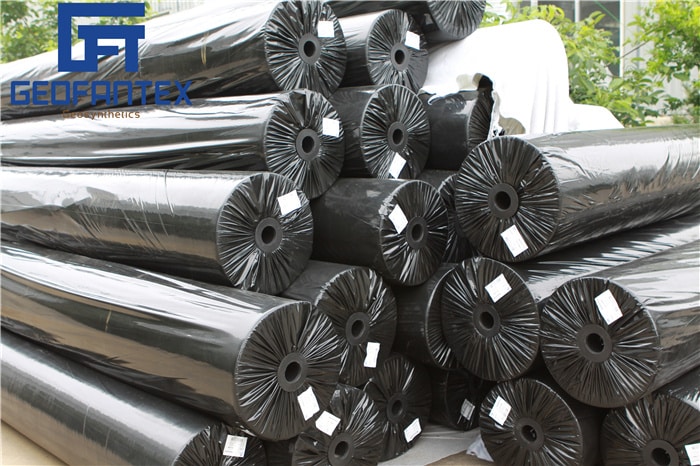+86-159 9860 6917
info@geofantex.com
geofantex@gmail.com
+86-400-8266163-44899
Geosynthetics play a crucial role in modern civil engineering, and geogrid reinforcement is one of the most effective solutions for improving soil stability and load-bearing capacity. This article answers key questions about geogrids and their applications.
What is geogrid reinforcement, and how does it work?

Geogrid reinforcement is a geosynthetic material used to enhance the strength and stability of soil structures. It consists of a grid-like structure made from polymer materials such as polyester, polypropylene, or polyethylene. The open-mesh design allows soil particles to interlock, improving load distribution and preventing soil movement.
How It Works:
- Soil Stabilization – Geogrids increase the bearing capacity of weak soils by providing tensile strength, reducing settlement, and distributing loads more effectively.
- Reinforcement – The interlocking mechanism between soil and geogrid enhances soil shear resistance, preventing lateral movement.
- Load Distribution – In road construction and embankments, geogrids help distribute weight evenly, reducing rutting and structural failure.
- Erosion Control – Used in slopes and retaining walls, geogrids prevent soil erosion and enhance structural integrity.
- Cost Efficiency – Reduces the need for thick aggregate layers, cutting construction costs and improving longevity.
Geogrid reinforcement is widely used in roads, retaining walls, embankments, and foundation support applications, making construction more durable and cost-effective.
What are the main types of geogrids used in reinforcement?
Geogrids used in reinforcement are mainly classified into three types based on their structure and material composition:
Uniaxial Geogrids
- Strength in one direction (typically longitudinal).
- Used for retaining walls, embankments, and slopes where tensile strength is required in a single direction.
Biaxial Geogrids
- Strength in both longitudinal and transverse directions.
- Ideal for soil stabilization, roadways, and foundations to distribute loads evenly.
Triaxial Geogrids
- Features multi-directional reinforcement for enhanced stability.
- Used in roadway stabilization, load-bearing applications, and railway beds for better stress distribution.
Each type improves soil strength, reduces aggregate thickness, and enhances overall stability in construction projects.
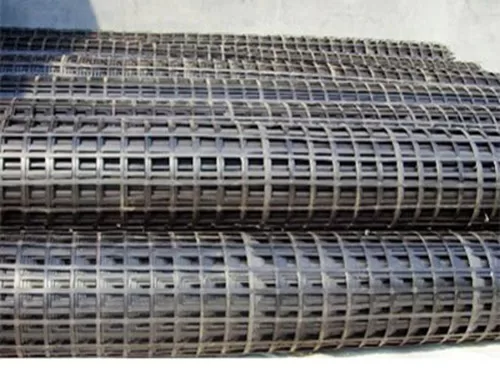
Geogrid reinforcement
What are the benefits of using geogrids in construction?
Geogrids offer several advantages, including:
- Increased soil strength and load-bearing capacity
- Reduction in construction material costs, such as aggregate layers
- Improved resistance to erosion and ground movement
- Extended lifespan of infrastructure by preventing settlement and cracking
Where is geogrid reinforcement most commonly applied?
Geogrid reinforcement is widely used in infrastructure projects such as highways, railways, embankments, and slope stabilization. It is particularly effective in soft soil conditions where traditional construction methods would require excessive excavation and material replacement.
By incorporating geogrids into geotechnical designs, engineers can achieve cost-effective, durable, and sustainable solutions for ground stabilization.
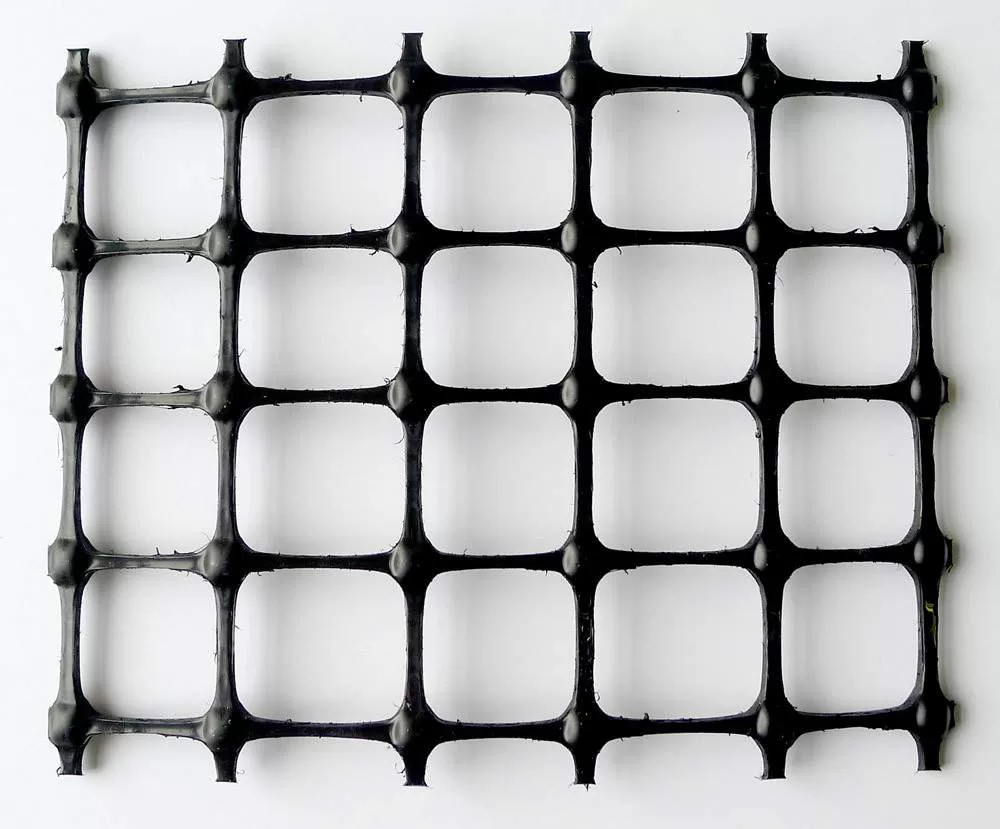
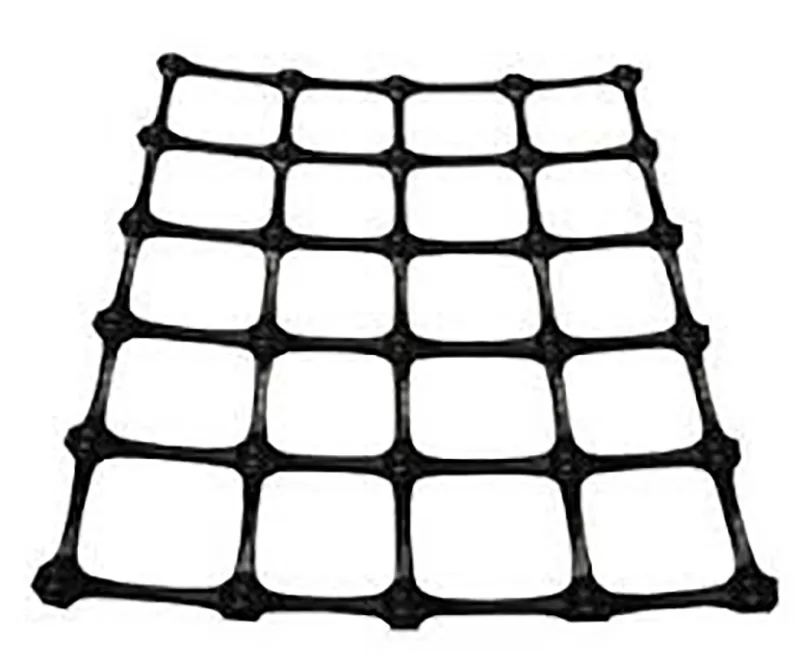

Get Free Sample
We’ll respond as soon as possible(within 12 hours)

